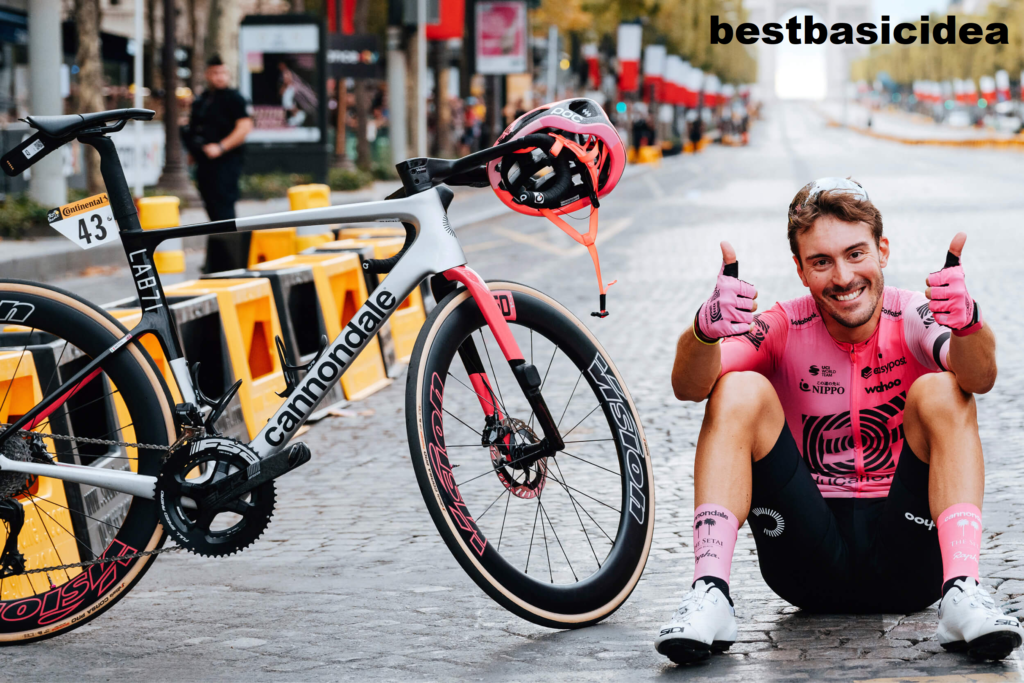Introduction:

Choosing the right cycling shoes is crucial for both comfort and performance, whether you’re a casual rider, commuter, or serious cyclist. Cycling shoes come in various types and styles, each catering to different needs and preferences. Here’s a comprehensive guide to help you make an informed decision:
1. Types of Cycling Shoes
a. Road Cycling Shoes
- Characteristics: Designed for efficiency and speed on paved surfaces.
- Features:
- Stiff soles for better power transfer.
- Lightweight and aerodynamic.
- Typically use three-bolt cleat systems (e.g., SPD-SL, Look).
b. Mountain Biking Shoes
- Characteristics: Geared towards off-road trails and rugged terrains.
- Features:
- Durable construction with rugged soles for traction.
- Usually have recessed cleats for easier walking.
- Compatible with two-bolt cleat systems (e.g., SPD).
c. Indoor Cycling Shoes
- Characteristics: Designed for use with stationary bikes or indoor cycling classes.
- Features:
- Often similar to road cycling shoes but may have more breathable materials.
- Compatibility with various cleat systems depending on the pedals used in the gym.
d. Touring or Commuting Shoes
- Characteristics: Aimed at comfort and practicality for long-distance rides or commuting.
- Features:
- Stiffer soles than casual shoes but more flexible than road cycling shoes.
- Usually compatible with both two-bolt and three-bolt cleat systems.
2. Key Considerations When Choosing Cycling Shoes
a. Fit and Comfort
- Try Before You Buy: Fit is crucial; try on different brands and sizes to find the best fit for your foot shape.
- Toe Box: Should be roomy enough for comfort but snug to prevent movement.
- Closure System: Options include Velcro straps, ratcheting buckles, or BOA dials—choose based on ease of adjustment and personal preference.
b. Sole Stiffness
- Power Transfer: Stiffer soles enhance power transfer from your legs to the pedals.
- Flexibility: Consider the balance between stiffness for efficiency and flexibility for walking.
c. Cleat Compatibility
- Check Pedal Type: Ensure your shoes are compatible with the pedals you use (e.g., two-bolt SPD or three-bolt SPD-SL).
- Adjustability: Cleats can be adjusted for position—important for optimizing comfort and performance.
d. Breathability and Ventilation
- Materials: Look for breathable materials to keep your feet cool and dry during rides.
- Ventilation: Some shoes have perforations or mesh panels for enhanced airflow.
e. Durability and Maintenance
- Quality Materials: Choose shoes made from durable materials that can withstand the rigors of cycling.
- Easy to Clean: Consider how easy it is to clean and maintain your shoes, especially if you ride in various weather conditions.
3. Additional Tips
a. Budget Considerations
- Quality vs. Price: Invest in the best shoes you can afford within your budget—quality shoes can enhance comfort and longevity.
b. Reviews and Recommendations
- Research: Read reviews and seek recommendations from fellow cyclists or reputable cycling websites.
c. Professional Fitting
- Consider a Fitting: If unsure about sizing or fit, consider getting professionally fitted at a bike shop.
d. Break-In Period
- Allow Time: New shoes may require a break-in period—start with shorter rides to get used to them.
Conclusion:
Choosing the right cycling shoes involves considering your cycling style, fit preferences, and specific needs such as cleat compatibility and comfort. By understanding the types of shoes available and evaluating key factors like fit, sole stiffness, and durability, you can find shoes that not only enhance your cycling performance but also provide comfort and enjoyment during your rides. Remember, the best shoes for you are those that feel great on your feet and support your cycling goals effectively.
